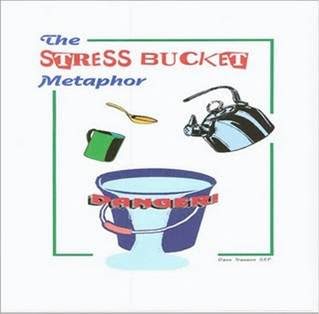Conclusions of Study.
 |
| Taking stimulants in childhood can cause long term harm e.g. cardiovascular conditions and later stimulant dependancy. |
The strength of the current study lies in its ability to provide a unique long-term view of a wide range of outcomes and their associations with the use of stimulant medication in the treatment of ADHD. Whilst limitations of the study prevent any strong causal relationships from being identified, some interesting results were observed that indicate rigorous research into the area is strongly warranted.
 |
| What side effects are reported? |
• The lack of significant improvements in long-term social, emotional and academic functioning associated with the use of stimulant medication suggests a purpose-designed, longitudinal research study should be conducted to better understand the suspected long-term social, emotional and educational benefits of stimulant medication in the treatment of ADHD.
• The results also indicated that between the age of 8 and 14 years there may be an effect of stimulant medication on diastolic blood pressure above and beyond the well-established immediate short-term effects on cardiovascular function. The finding that consistent use of medication was associated with an average elevation 10mmHg at 14-years of age indicates that the long-term cardiovascular implications of stimulant
medication-use need to take a high priority when determining directions for future research.
 |
| Stimulants can cause long-term damage to blood pressure and can cause heart failure.Mathew Smith below died after taking methylphenidate for six months from heart failure. 51 deaths reported in one year in the U.S. and 5 in one year in the U.K. Once a child has become acclimatised to taking a tablet to deal with a problem, what will they be likely to do when then come across a problem later in life? A sentiment supported by Baroness Susan Greenfield of the Royal Society. https://www.youtube.com/user/Humanagement2015 For more information and BBC Radio discussions. |















































